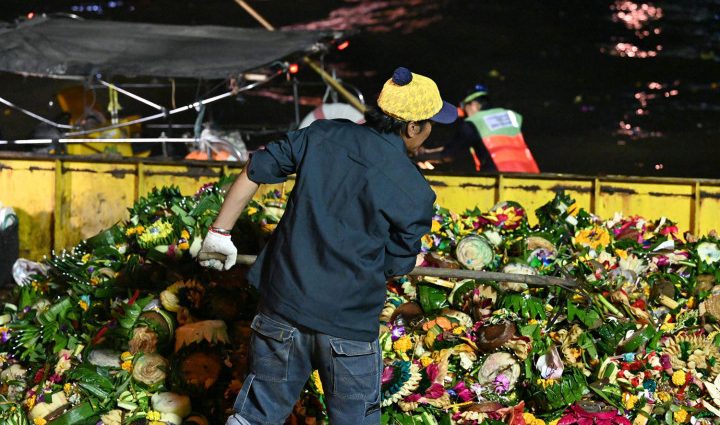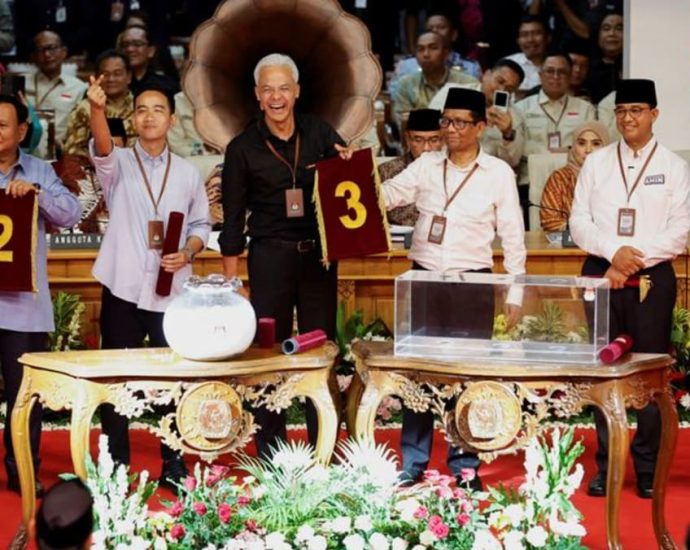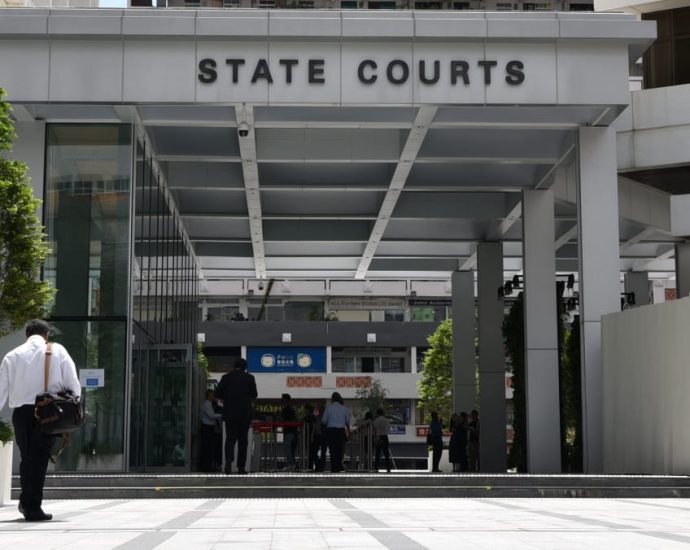Big clean up after festival, 3,000 digital krathong floated
Nearly all floats made of biodegradable natural material
PUBLISHED : 28 Nov 2023 at 12:09

Almost 640,000 krathong, nearly all made from natural material, were collected from Bangkok waterways after Monday’s Loy Krathong festival, when more than 3,000 digital krathongs were also floated in Klong Ong Ang.
Bangkok Metropolitan Administration staff began collecting krathong at 8pm on Monday and finished collecting and sorting them around 5am on Tuesday. They amassed 639,828 of them, up 67,226 (11.74%) on last year, BMA spokesman Ekwaranyu Amrapan said on Tuesday.
He said 618,951 of the collected krathong, 96.7%, were made from environmentally friendly, biodegradable material such as banana-tree trunk, banana leaves, cassava, cane bagasse and bread. This was a rise on last year’s 95.7%. There were only 20,877 krathong made from styrofoam, 3.26%, down on last year’s 4.30%.
Klong Sam Wa district had the most floats, 31,575, and the highest number made of natural material, 31,560, and Pomprap Sattruphai the fewest with 160. Bung Kum district had the most foam krathong, 1,579.
Thirty-four public parks opened for the public to float their krathong, attracting 290,886 people. A total of 88,011 krathong were collected from public parks. The three most popular were Benjasiri, Lumpini and Benjakitti parks.
The collected krathong would be sent to garbage disposal centres, Mr Ekwaranyu said.
The floating of digital krathong via projection mapping was organised by the BMA for the first time, at Klong Ong Ang. People floated 3,774 digital krathong in the canal.

Visitors watch digital floats projected on the surface of Klong Ong Ang in Bangkok on Monday night, when the nation celebrated Loy Krathong. (Photo: Wichan Charoenkiatpakul)






















